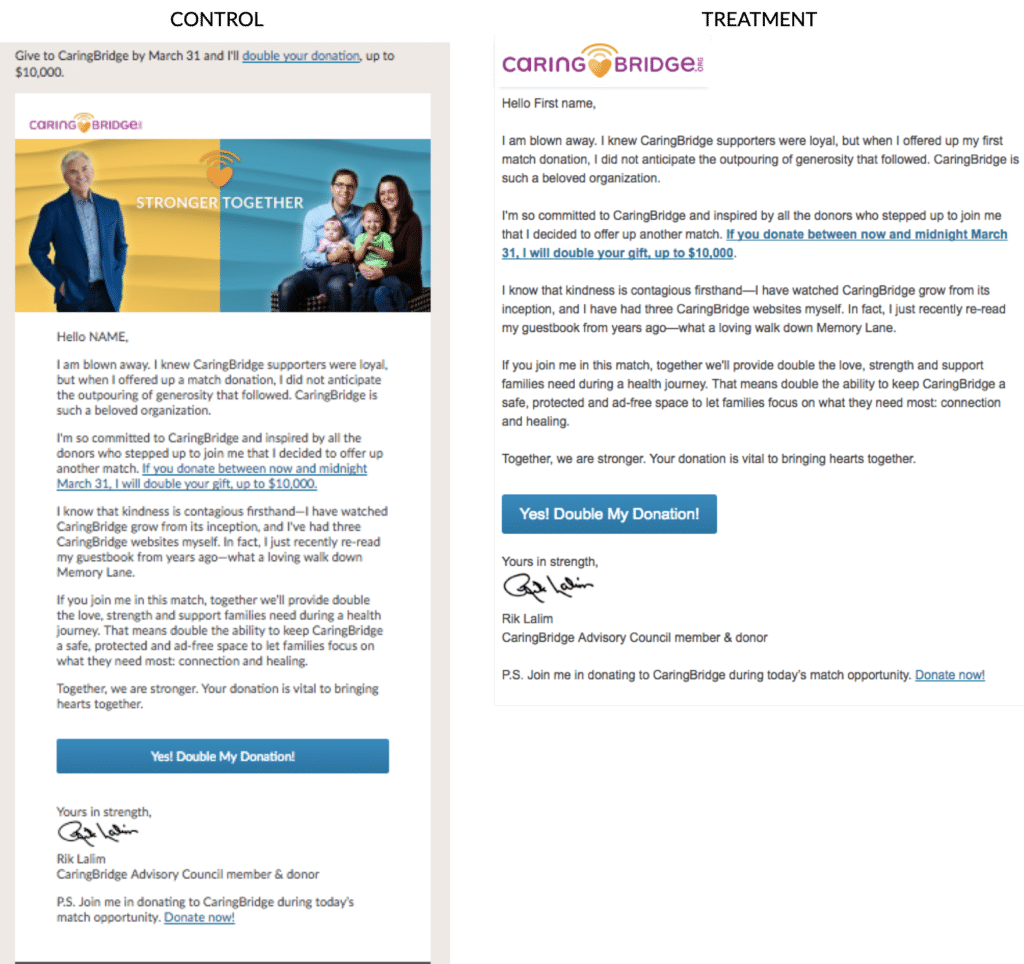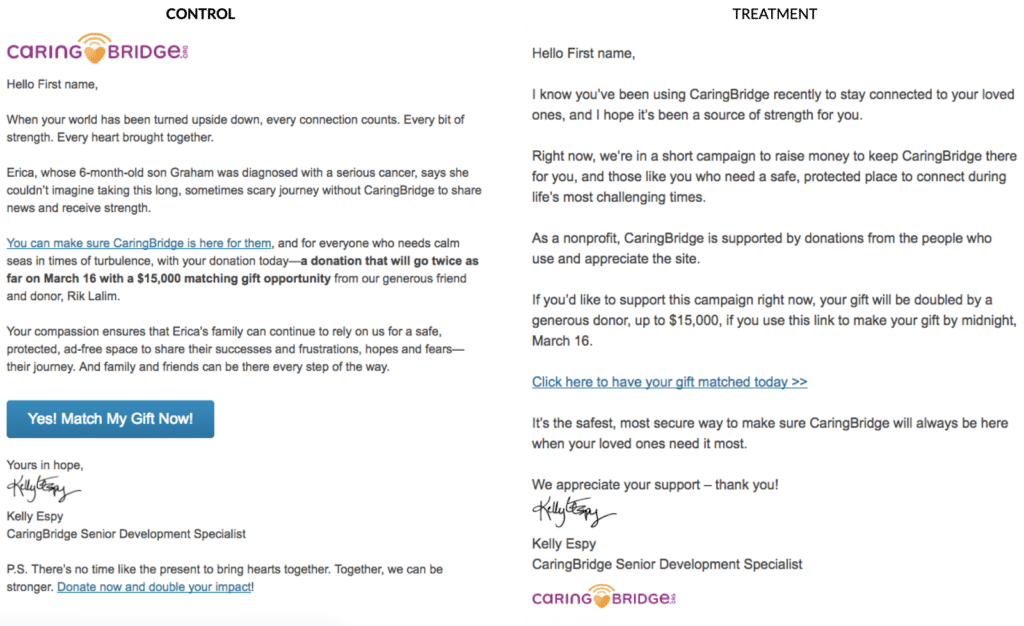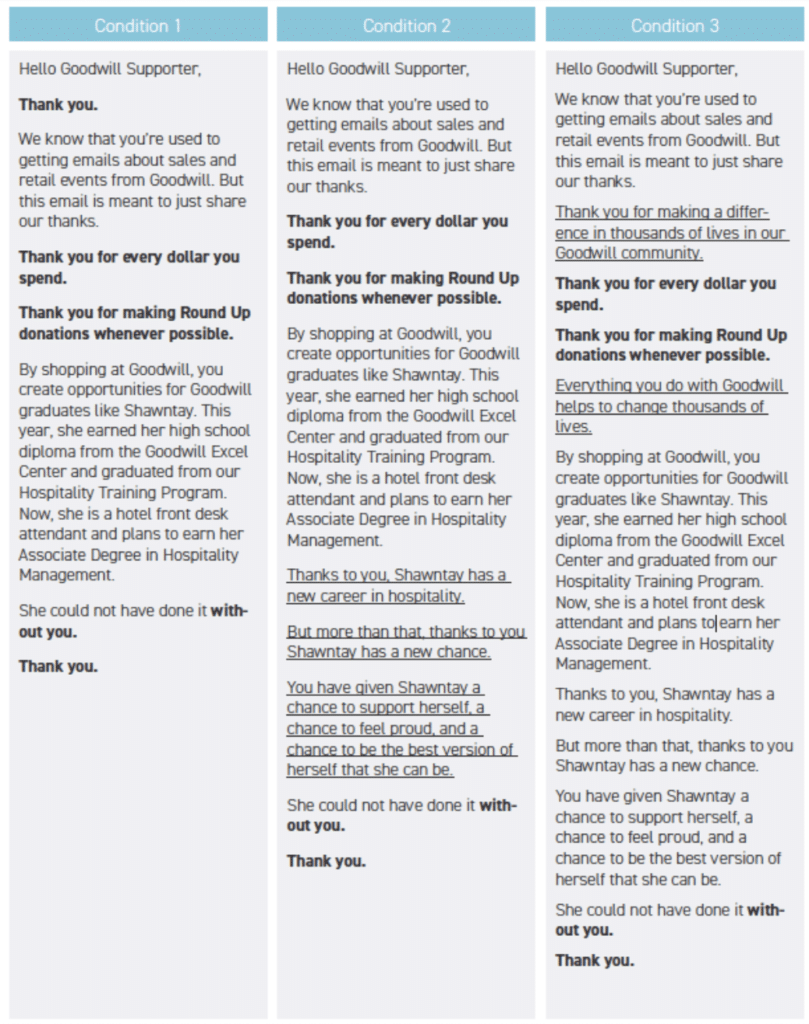Three Proven Non-Profit Donor Cultivation Strategies
— Written by Riley Landenberger, with an intro by Marlin
At Marlin, our charity partners are consistently looking for new approaches to donor acquisition and care. This blog article from our Agency Partner, NextAfter, will show you three tested and proven donor cultivation strategies you can use to start building deeper relationships with your donors and raising more money for your cause today. You can find the original article published here.
Donor cultivation is something that every fundraiser wants to improve, but when we analysed the email cultivation practices of 253 nonprofits, we found there are major opportunities for growth.
There are lots of ways that you can cultivate your donors, but which ones are actually proven to work and simple to implement?
With these 3 donor cultivation strategies below, you’ll see real applications and real data, proving they work, so that you can craft a donor cultivation plan that will start to lead to better results.
Strategy #1: Run Some Branded Advertising on Social During Your Welcome Series
Cultivating your donors across different channels is crucial to help your organisation cut through the clutter of their inbox and be on the top of their mind when they’re ready to make a gift.
Try running some branded advertising on social media to those in your welcome series to help them learn more about your organisation.
You don’t have to send anymore appeals than usual, and you can increase revenue by using this strategy to supplement your existing cultivation.
See how this organisation used branded advertising to increase donations by 760%:
Case Study
How Branded Advertising During a Welcome Series Affects Donation Conversion
In this experiment, the organisation was sending a fairly typical welcome series. They sent five emails in the first six days that introduced new subscribers to various aspects of their organisation. They wondered if showing branded Facebook ads to the subscribers in the welcome series could lead to an increase in donations.
The control group received the standard welcome series. The treatment group received the same welcome series while also seeing branded advertising on Facebook that provided additional information about the organisation.
Research Question
Will branded Facebook ads during a welcome series lead to an increase in donations?
Design

Results
Showing the branded Facebook ads to new subscribers while they were in the welcome series led to a 760% increase in donation conversion rate. It also affected how quickly a new subscriber donated.
On average, it took subscribers who did not see the branded advertising 29 days to donate. Those who saw the advertising took only 17 days on average to donate.
All in all, showing these branded ads to the new subscribers increased both the likelihood that they would donate, as well as how quickly they would donate.
Strategy #2: Redesign Your Emails
Less actually can do so much more when it comes to the design of your cultivation emails.
In order to connect with your donors and target those emotions needed for them to stick around, start thinking about cultivating donors like how you maintain your friendships.
Things need to be personal and human, not overly designed with big logos and stock photos. Because people give to people – not to faceless organisations or marketing machines.
And this strategy actually makes less work for you, so it’s a win for everyone.
So next time you’re crafting a cultivation email, skip the heavy design work.
Here’s what we found when one organisation ditched the fancy graphics and sent a more plain-text style email:
Case Study
How the Design of an Email Impacts Clicks and Donations
In this experiment, the organisation started with a designed email that looks similar to many organisations’ default email templates. It used a coloured background wrapper, a logo at the top, a large header image, hyperlinked text, an HTML call-to-action button, and a large signature image at the bottom. They wondered if they could actually increase clicks and donations by dropping the HTML template and sending an email that looked less like marketing and more like something a real person would send.
Research Question
Will a less-designed and more personal email lead to more clicks and donations?
Design

Results
By stripping away significant aspects of the HTML email template, the more personal looking email saw an 80.3% increase in clicks and a 112.5% increase in donations. Looking at the treatment, there clearly are more “designed” elements that could be removed to make the email more personal in appearance. So this organisation launched a new experiment to take the concept one step further.

The new treatment moved the logo from the top of the email down to the signature section. They also eliminated the HTML call-to-action button and replaced it with a text-only link. The tone of the email even changed to make a more personal donation appeal.
This new treatment saw a 145.5% increase in donations.
Strategy #3: Follow-up and Thank Your Donors
Obviously you need to follow up with and thank donors. But did you know that the language you use to say thank you can actually make a substantial impact on how “good” your donors feel?
Check out how regular thank-you communications helped this organisation:
Case Study
How Thank-You Communications Make People Feel Better About Themselves and the Organisation They Support
Special Note: The following case study, which won a 2019 Nonprofit Innovation & Optimisation Award was done by — and reproduced here with the approval of — The Institute for Sustainable Philanthropy. It can be read in full in the Learning to Say Thank You: The Role of Donor Acknowledgements report which can be found here: philanthropy-institute.org.uk/reports/
In this experiment, the Goodwill of Greater Washington wanted to see if shoppers viewed themselves as part of the larger Goodwill mission and community. They also wanted to see how different types of thank you communications could better connect them with their impact to boost engagement.
After their purchase, three types of thank you emails were sent to shoppers over a few weeks, and their purchasing behavior during those and subsequent weeks was recorded. Four months after the shoppers received their first thank-you email they were sent a survey via email.
Research Question
Will regular thank-you communications better engage supporters?
Design

Results
Before even analysing the data, Goodwill of Greater Washington knew the overall response to the change in acknowledgement style was positive as many shoppers were replying to thank them for the email.
Statistically, thanking people repeatedly for changing beneficiaries’ lives (the shopper condition) had the biggest impact on behavior. Shoppers who received emails in this condition increased the number of purchases they made by 5.8% (a statistically significant result).
Beyond the increased purchasing behavior, the emails in all three conditions increased how ‘good’ people felt not just about themselves but also about the Goodwill of Greater Washington.
Conclusion
So go ahead and try one (or all) of these strategies so you can start building deeper relationships with your donors and raising more money.
We’d love to hear – are there any donor cultivation strategies that you’ve tested that have had positive results?

